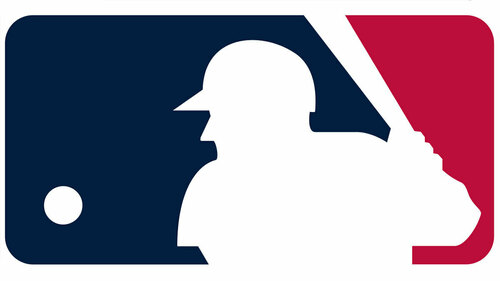
The Miami Marlins announced Nov. 13 (Friday) they are hiring Kim Ng as their new general manager, making her Major League Baseball’s first female GM.
For the past nine years, Ng served as MLB’s senior vice president of baseball operations and was the highest-ranking Asian American female baseball executive.
Although more women are serving in sports management positions now than decades ago, the competition is still unequal, according to Richard Sheehan, professor emeritus of finance at the University of Notre Dame’s Mendoza College of Business and author of “Keeping Score: The Economics of Big-Time Sports.”

“In 20 years, I would expect to see a fundamental change and a major increase in women at the top levels of sports management,” Sheehan said. “Why? Efficient markets — asset prices reflecting all available information. To the extent that women are interested in sport both as a sport and as a business, there will be increasing opportunities for them, due both to institutional changes like Title IX and to efficient markets.”
Ng also has served as assistant general manager for the New York Yankees and Los Angeles Dodgers.
According to Sheehan, one of the biggest challenges facing women moving into management positions in all major leagues is that many of the people they’re competing with have played the game at a very high level and have insights that many in the sport believe are invaluable in running a franchise.
“Derek Jeter, one of the owners of the Marlins, is a case in point,” Sheehan explained. “For baseball in particular, if you look at managers, many come from the ranks of former MLB players, but generally those that make the best managers are not the ones who were the best players. It’s the utility players or marginal players that appear more likely to find long-term success. There’s no great answer for why that’s the case. Is it because they had to squeeze every drop of performance out of their talent or is it because they had the ability to spend a lot of time watching and analyzing while sitting on the bench?
“Long term, we shouldn’t expect to see any significant performance difference between managers who played and those who didn’t,” he said. “If there was a difference, say in favor of former players, we would expect more former players to be hired until that difference was bid away. That’s one implication of efficient markets. You should expect the same logic to hold for men vs. women, and for it to hold for referees and for front office personnel also. But few women tried to position themselves for sports management positions 30 years ago, meaning that there are relatively few women in the pipeline now for top management jobs.”
Sheehan says the ascendency of women’s sports, both at the college and professional levels, has given more women opportunities to coach, referee and manage, but it is still not a level playing field.
“How many men coach women’s college basketball teams vs. how many women coach men’s college basketball teams?” Sheehan asks.
“Former Notre Dame women’s basketball coach Muffet McGraw deserves much credit for being vocal about the issue and for making a decision to hire only female coaches,” Sheehan pointed out. “While I would argue that the situation overall is better than it was 20 or 30 years ago in virtually all sports, I suspect many would say we’re not there yet.”
Contact: Richard Sheehan, rsheehan@nd.edu
